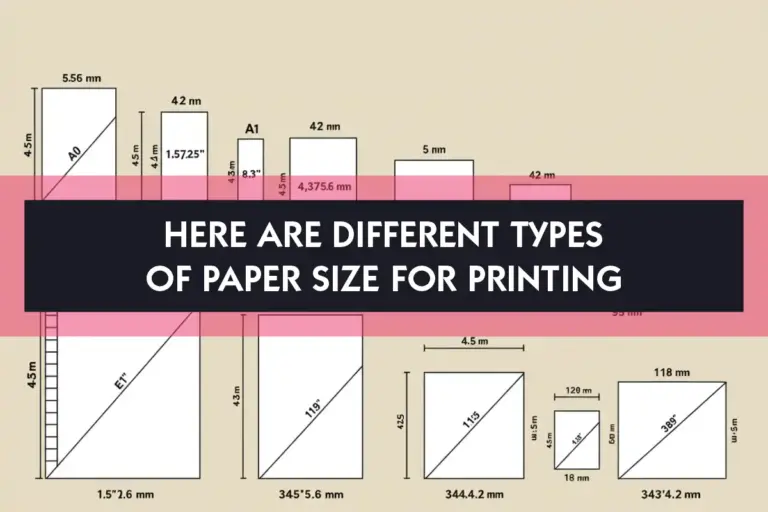Printing is something we see every day. It is used in schools, offices, business places, and even at home. Whether you are printing a school assignment, an office report, a wedding invitation, or a business flier, you need to use the right size of paper. But many people do not know that there are different sizes of paper used for printing. Each paper size has its own purpose, and choosing the right one can make your printed work look better and more professional.
Understanding paper sizes is very important. If you pick the wrong one, your document will not come out as expected. For example, if you try to print a legal document on A4 paper, the text may be cut off. Also, if you are designing something for print, like a brochure or flier, you need to know the right paper size to use.
Table of Contents
ToggleA Series Paper Sizes and Dimensions
The most common type of paper size for printing is the A Series. This is used in countries all over the world that follow the international paper size system. The A Series paper sizes start from A0, which is the largest, and go down to A10, which is the smallest.
A0 Paper Size
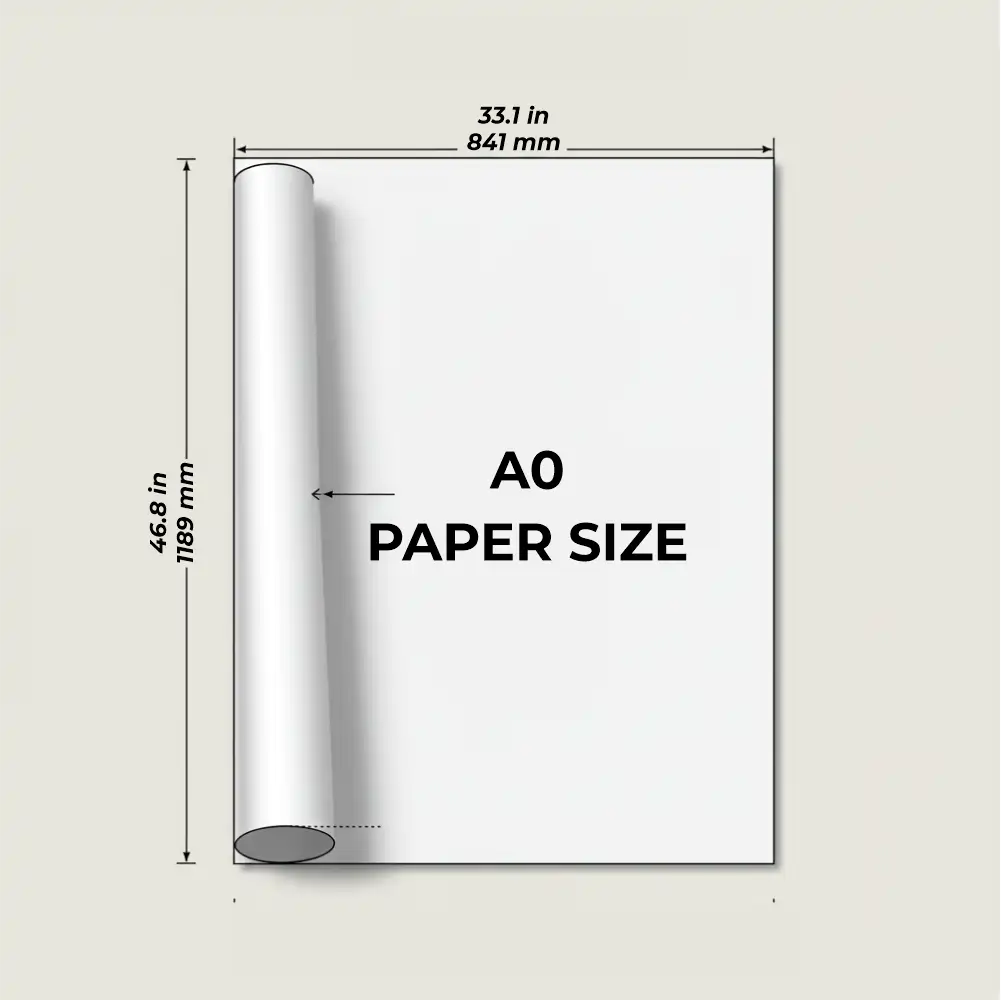
A0 is the largest paper size in the A Series. It measures 841 mm by 1189 mm. This paper is very big and is not commonly used for everyday printing. It is mostly used for posters, architectural drawings, or large format printing. If you go to a print shop and ask for a big poster, they might use A0 paper.
A1 Paper Size
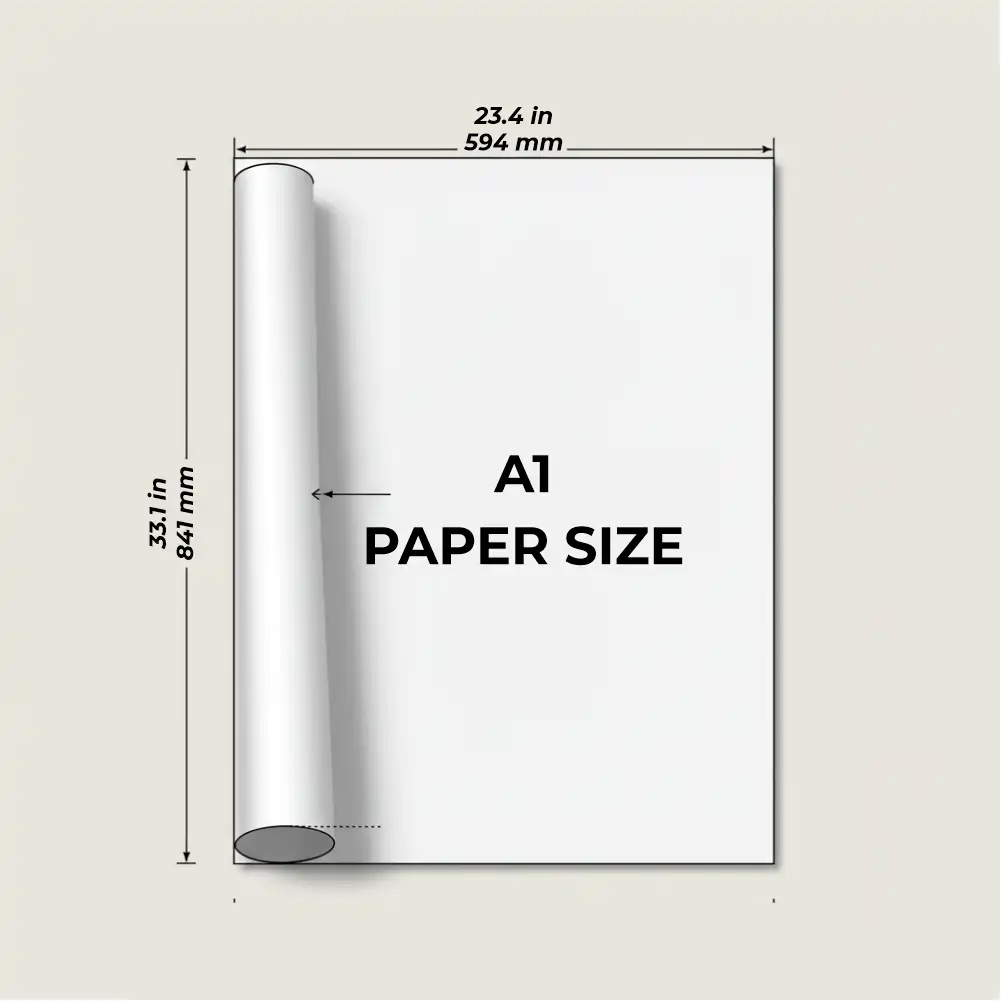
A1 is half the size of A0, hence it’s smaller than A0 but still very large. It measures 594 mm by 841 mm. It is used for technical drawings, maps, and posters. Engineers and architects sometimes print their building plans on A1 paper. Just like A0, A1 is not commonly used in homes or small offices.
A2 Paper Size
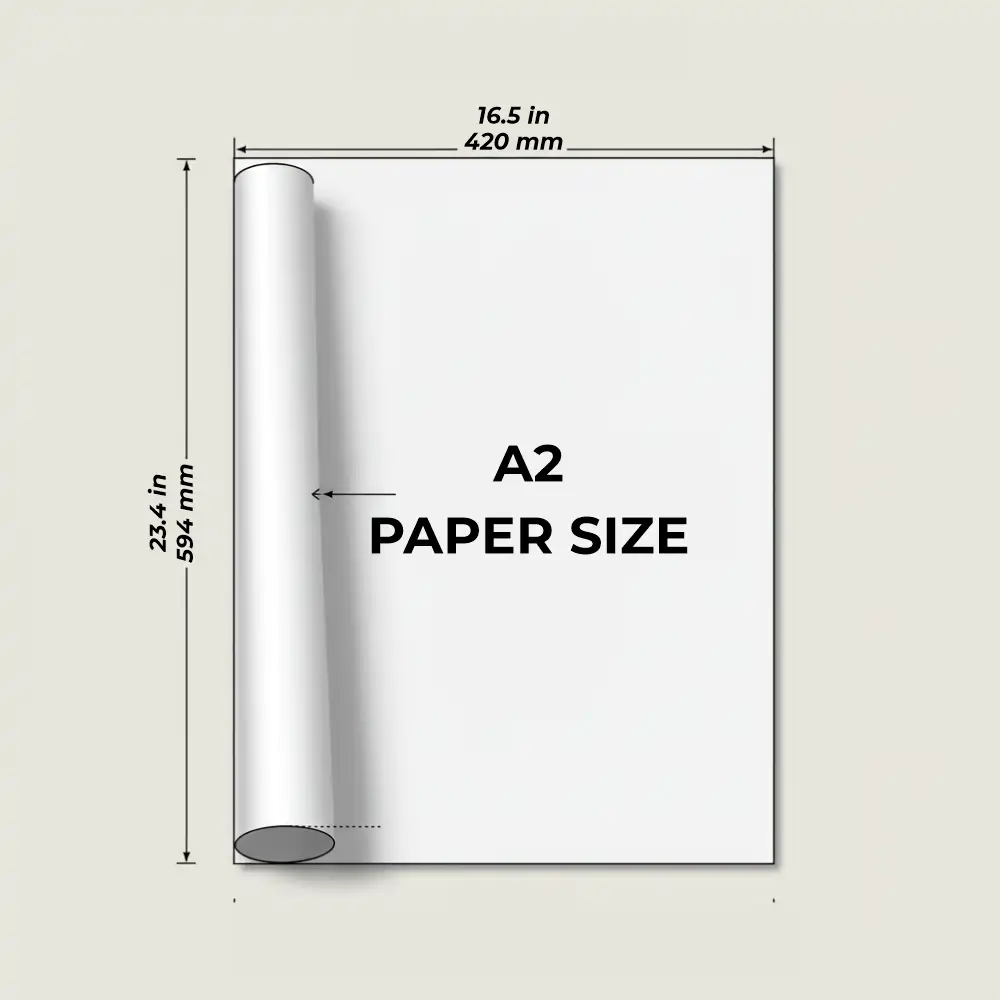
A2 paper measures 420 mm by 594 mm. A2 paper size is half the size of A1 paper, hence it’s smaller than A1 paper size. It is also used for posters, charts, or art prints. In schools, teachers may use A2 paper to make classroom displays. It is smaller than A1 but still large enough to be seen from a distance.
A3 Paper Size
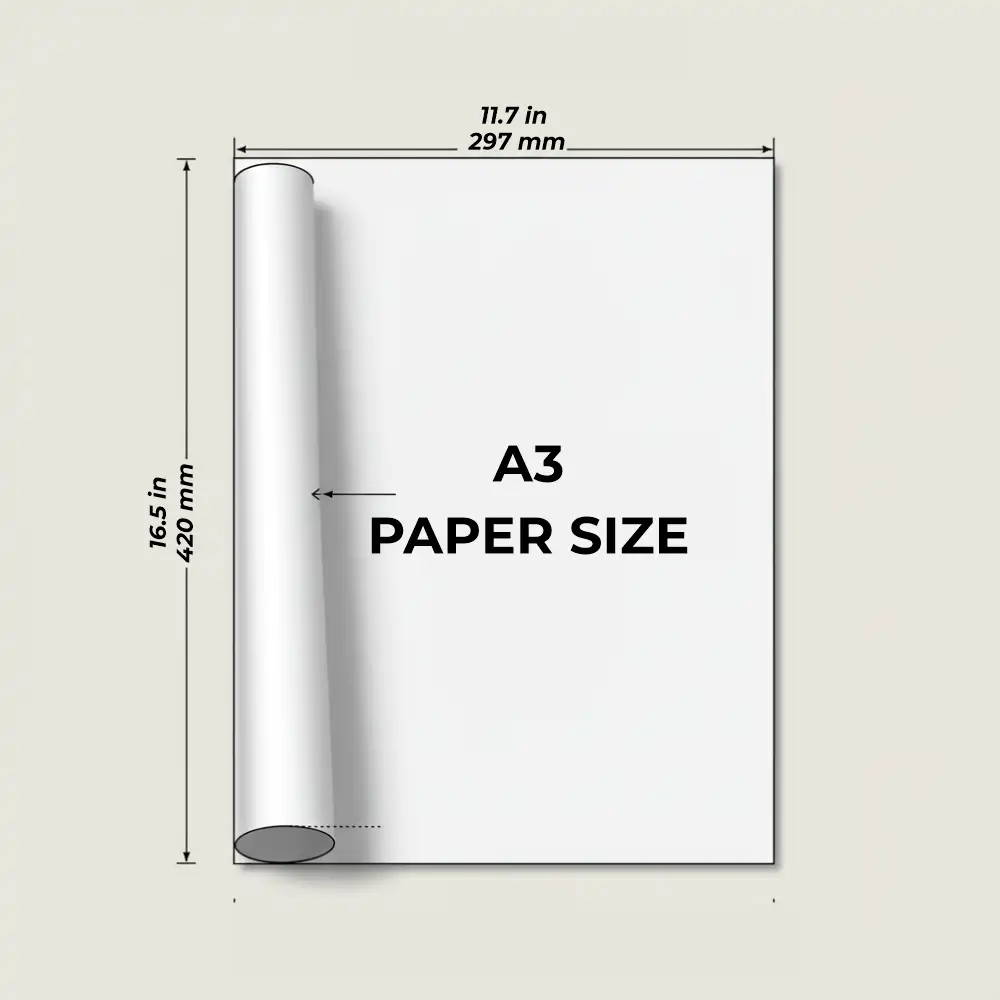
A3 paper is one of the more popular sizes. It measures 297 mm by 420 mm. A3 paper size is half the size of A2 paper, hence it’s smaller than A2 paper. It is used for drawings, diagrams, and large presentations. Some offices use A3 paper for printing wide tables or spreadsheets. Printers that can print A3 are more expensive than regular A4 printers, but they are useful when you need more space on paper.
A4 Paper Size
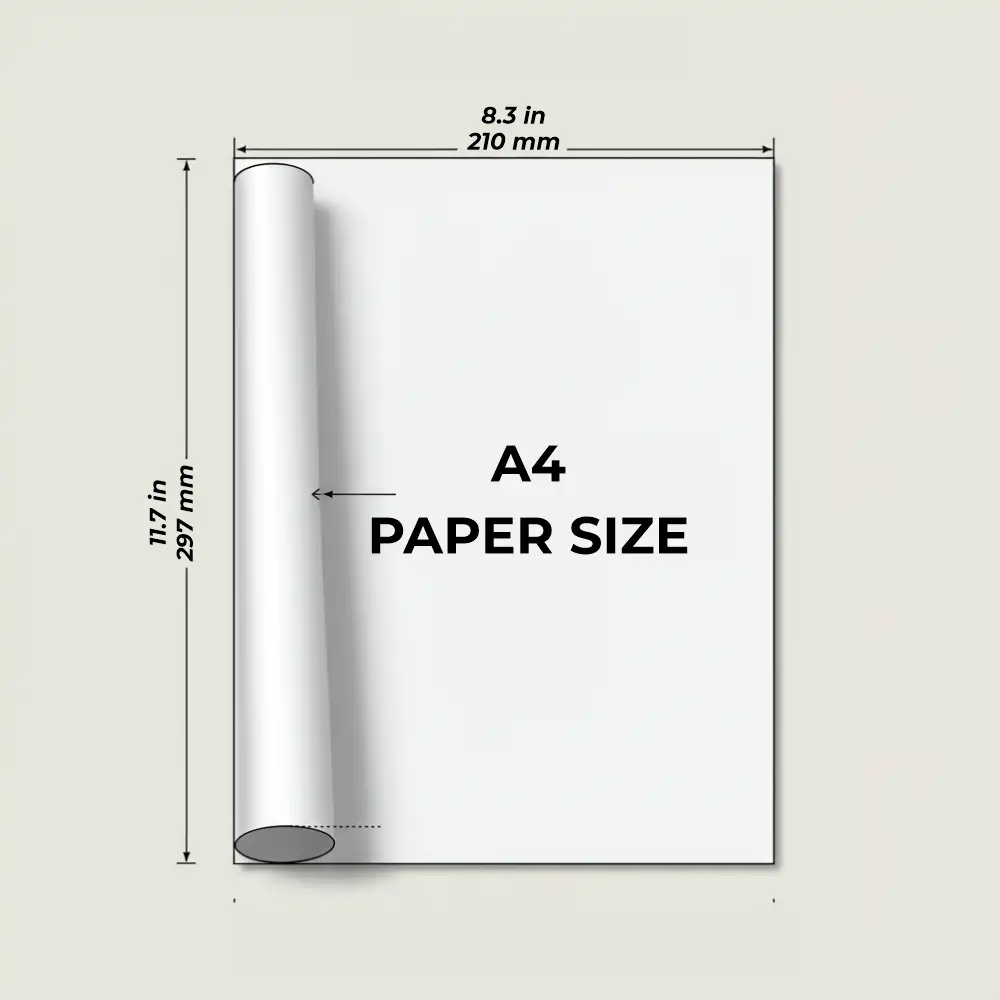
A4 paper is the most popular paper size in the world. It measures 210 mm by 297 mm. A4 paper size is half the size of A3 paper, hence it’s smaller than A3 paper size. It is the standard paper size used in most offices, schools, and homes in Nigeria. When you buy a pack of paper for your printer, it is usually A4. It is used for letters, documents, assignments, exams, CVs, and many other things. If you are printing a form, an invoice, or a report, it is most likely on A4 paper.
A5 Paper Size
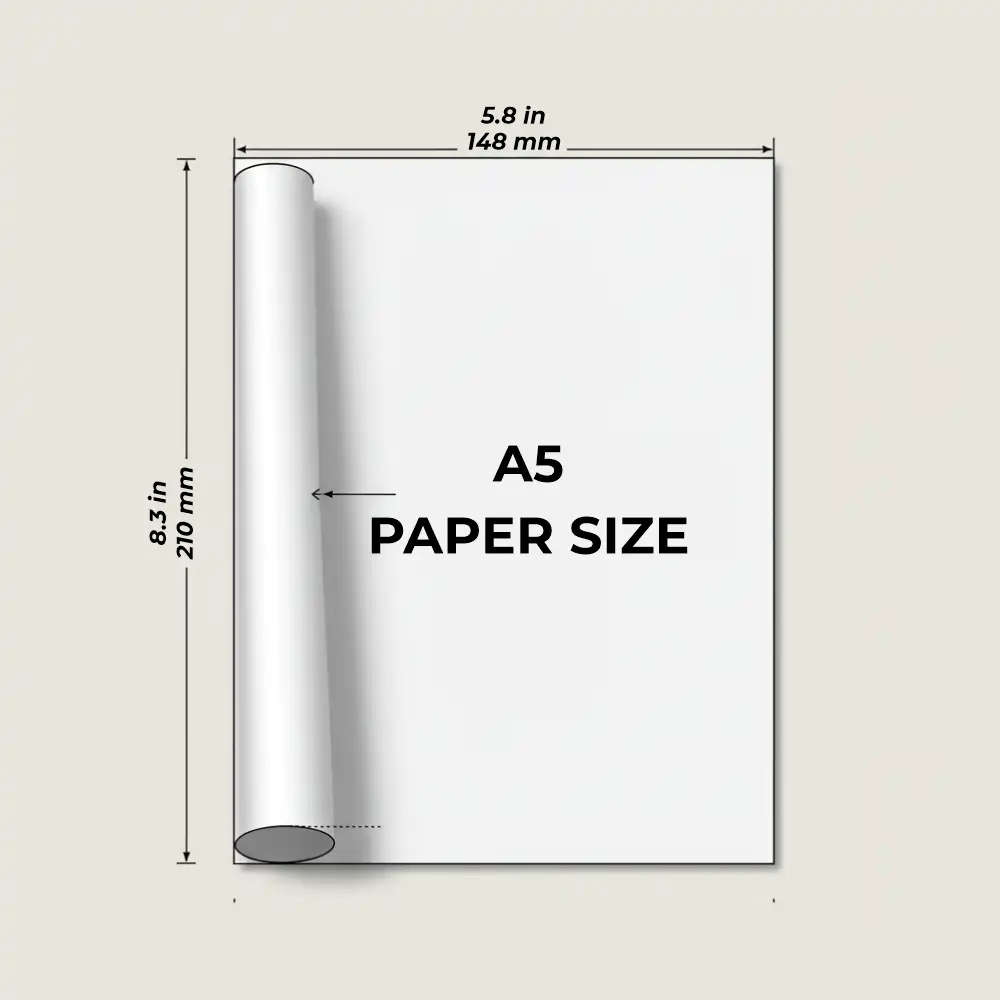
A5 paper is half the size of A4 paper, hence it’s smaller than A4 paper size. It measures 148 mm by 210 mm, and is commonly used for notepads, booklets, invitations, and small fliers. If you have seen a church program or event handout that looks smaller than normal paper, it was probably printed on A5 paper. A5 paper is also used for printing mini-books and some types of marketing materials.
Want To Print Something?
A6 Paper Size
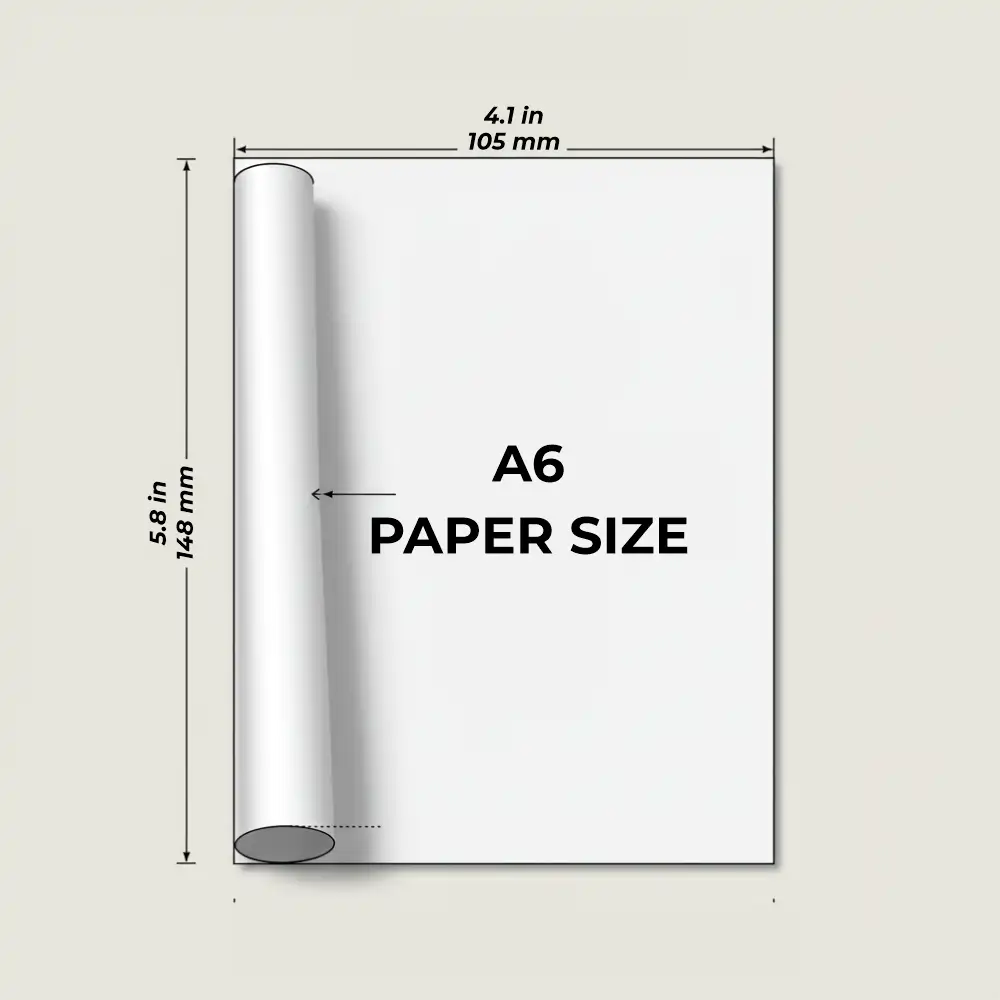
A6 paper is even smaller. It measures 105 mm by 148 mm. A6 paper is half the size of A5 paper, hence it’s smaller than A5 paper size. It is often used for postcards, small greeting cards, and flyers. If you want to hand out information in a small and easy-to-carry format, A6 paper is a good option. It can also be used for printing small notes or coupons.
A7 to A10 Paper Sizes
These sizes are very small and are not commonly used for regular printing. A7 is used for small cards and tags. A8 to A10 are used for tickets, labels, or very small notes. Most home or office printers cannot print on paper this small unless special settings are used.
B Series Paper Sizes
The B Series is less common than the A Series but is still used in some industries. B Series paper is slightly larger than A Series paper of the same number. For example, B4 is bigger than A4.
B0 to B10 Paper Sizes
B0 is the largest, and B10 is the smallest. B1, B2, and B3 are used for posters, banners, and advertising materials. B4 and B5 are used for books and magazines. B6 to B10 are mostly used for small printed materials like cards, notepads, and leaflets.
In Nigeria, you may not see B Series paper very often in stores, but some printing presses use it for special jobs, especially for publications and packaging.
C Series Paper Sizes
C Series paper is used mainly for envelopes. The idea is that each C Series paper size fits an A Series paper of the same number. For example, an A4 paper fits perfectly into a C4 envelope.
Legal Paper Size
Apart from the A, B, and C Series, there are also paper sizes used in America and some parts of the world. One of them is the legal size paper.
Legal paper is longer than A4. It measures 216 mm by 356 mm (8.5 inches by 14 inches). It is used mainly for legal documents, hence the name. Lawyers and courts often print contracts and official papers on legal size paper. In Nigeria, you may also see government forms printed on legal paper.
Letter Paper Size
Letter paper is another common size in the United States. It is close to A4 but a little shorter. It measures 216 mm by 279 mm (8.5 inches by 11 inches). Some international companies use letter size for reports and business letters. But in Nigeria, A4 is more common than letter size.
Tabloid or Ledger Paper Size
Tabloid size is bigger than A3. It measures 279 mm by 432 mm (11 inches by 17 inches). It is used for printing newspapers, big brochures, and some magazines. When used horizontally, it is called Ledger size. This paper is not commonly used except by newspapers or large printing companies.
Want To Print Something?
Choosing the Right Paper Size
When choosing a paper size for printing, you need to ask yourself a few questions. What is the purpose of the print? Who will use it? How much information do you want to include? And will it be folded or mailed?
For example, if you are printing a normal document like a letter or school assignment, A4 is perfect. If you are printing a handout for a small event, A5 may look better. If you are printing a poster, then A2 or A3 is more suitable.
Also, consider the printer you are using. Most home and office printers are made for A4 paper. If you use a bigger or smaller paper, you may need to adjust the settings or use a special printer.
Paper Size and Printing Costs
The size of the paper greatly affects the cost of printing. Bigger paper sizes cost more. For example, printing on A3 or A2 paper will cost more than A4. Smaller papers like A5 or A6 may be cheaper, but they also hold less content, so you may need to print more copies.
Most printing shops charge by size, quantity, and color. So, when you are planning your print job, you should consider the size and how it affects your budget.
Paper Size and Layout
The layout of your document also depends on the paper size. If you are designing something in a text editor like Microsoft Word or any graphics design software like CorelDraw and Photoshop, you should always set the correct paper size before you start. This will help your design look good when printed.
For example, if you are designing a brochure for A5 paper but set your document as A4, the final print may look wrong or too small. So always match the paper size in your settings to the real paper size you plan to use.
Knowing the different types of paper sizes for printing is very helpful. Whether you are a student, a business owner, a designer, or just someone who prints documents regularly, this knowledge will help you choose the right paper for the right job. The most common paper size almost anywhere in the world is the A4 paper, but other sizes like A3, A5, legal, and envelope sizes are also important.
When you use the correct paper size, your print job looks neater and more professional. It also saves time and money. Next time you go to a printing shop or use your home printer, you will know exactly what paper size to ask for or set on your computer.

